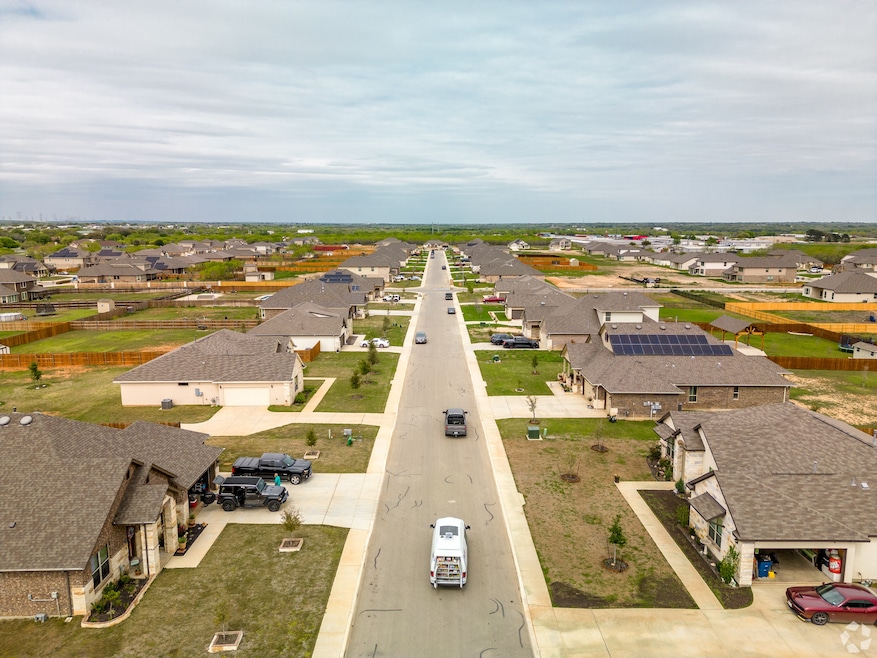Home price growth slowed even more in April, a sign that there could be a shift from a seller’s market to a buyer’s market, according to new data from Homes.com.
Last month, costs for single-family homes, townhouses and condos grew by just 1.3% compared to a year earlier. It’s the fourth consecutive month of a slowdown since price growth peaked at 5.6% in the second half of 2024.
Translated to prices, the median price for all home types was $385,000 in April, the data showed. That’s just $5,000 pricier than last April.
The trend is a shift from recent years, when home prices grew at a breakneck pace to record highs, and it could offer welcome relief for prospective homebuyers seeking more accessible homeownership. More than that, a larger supply of houses is available to buyers, suggesting a possible move away from a market favorable for sellers to a market favorable for buyers.
Erika Ludvigsen, national director of residential analytics at CoStar and Homes.com, said the moderation in prices is "largely due to increased inventory and elevated mortgage rates, which have tempered buyer demand."
"While single-family home prices continue to rise, townhome prices have fallen, and condo prices remain flat, offering some relief to potential homebuyers," she said in a statement.
Price declines are mostly concentrated in the Sun Belt
In April, 15 of the 40 largest markets included in Homes.com’s data recorded no change in home prices or a decline in price. That’s up from March, when only six markets fell into those categories.
The slowdown first appeared in February’s data, when home prices in some Southeastern and California markets began stagnating. Since then, the trend has extended across the once fast-growing Sun Belt states, including Texas, Arizona, Florida, Tennessee and North Carolina.
Even so, Cincinnati and Columbus, Ohio, saw the steepest decline in prices, clocking 4.5% and 4.6% decreases, respectively.
On the other hand, price appreciation was mostly concentrated in the Northeast and some parts of the Midwest, continuing the trend of the past few months.
New York and Boston topped the list, each with a 10.8% increase in home prices compared to April last year. Cleveland saw a 10.5% increase, while Chicago home prices grew 7.5%.
The diverging tales of price growth and price weakness are mostly being driven by broader economic factors, according to Melina Duggal, senior director of market analytics at CoStar and Homes.com.
"The Northeast remains strong due to factors like tight inventory and robust job markets," Duggal said, "whereas the Sun Belt is experiencing weaker growth due to issues like increased inventory and affordability constraints."

